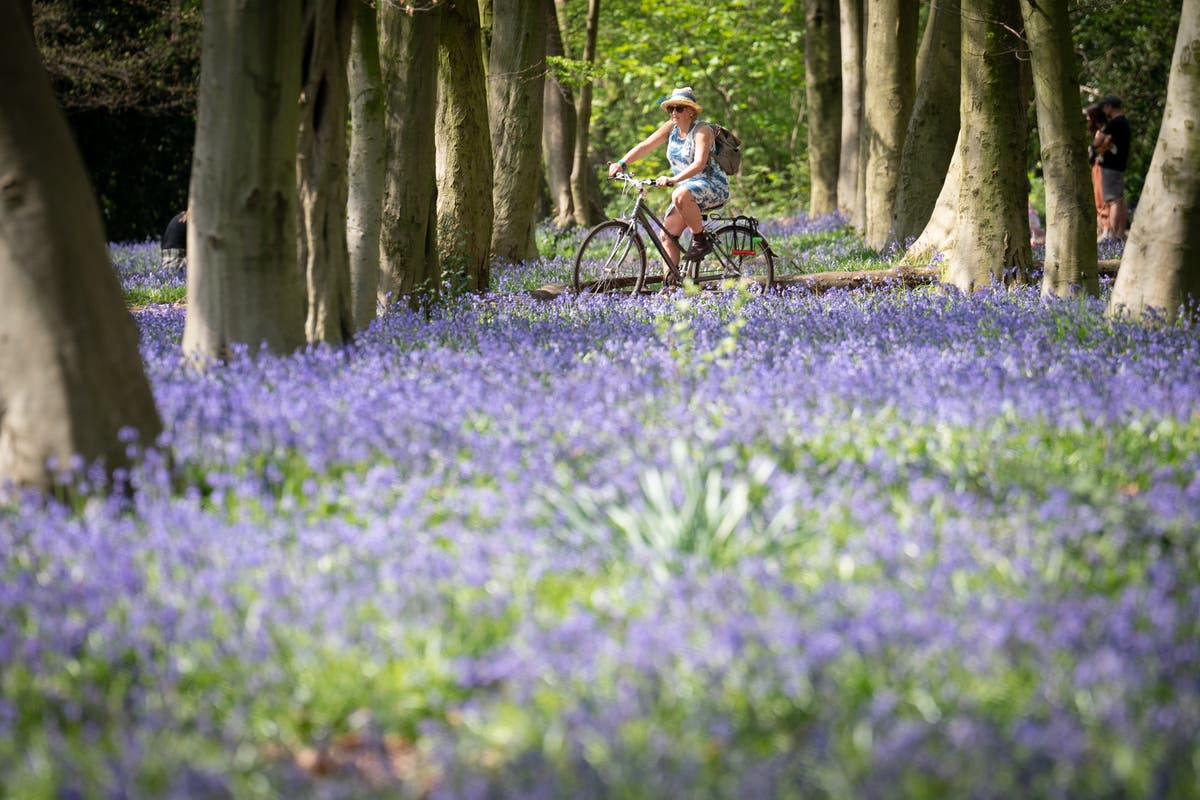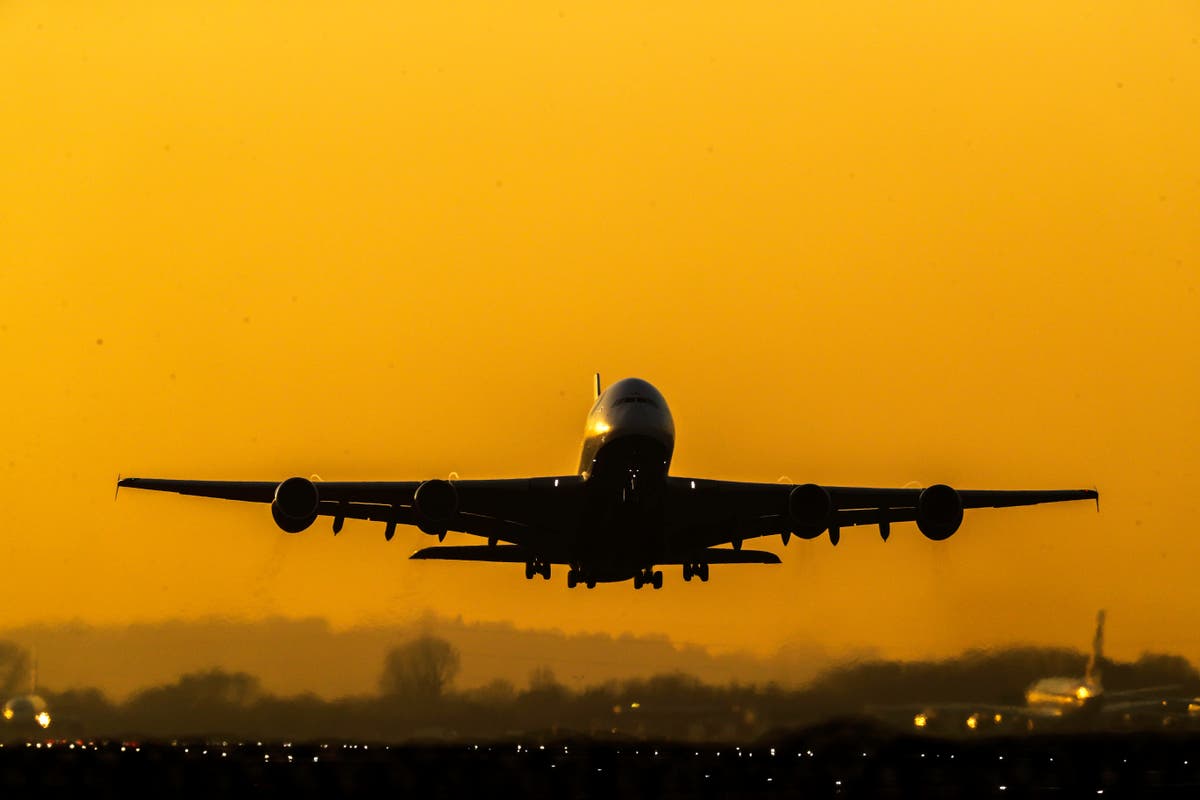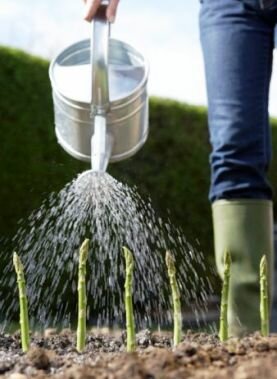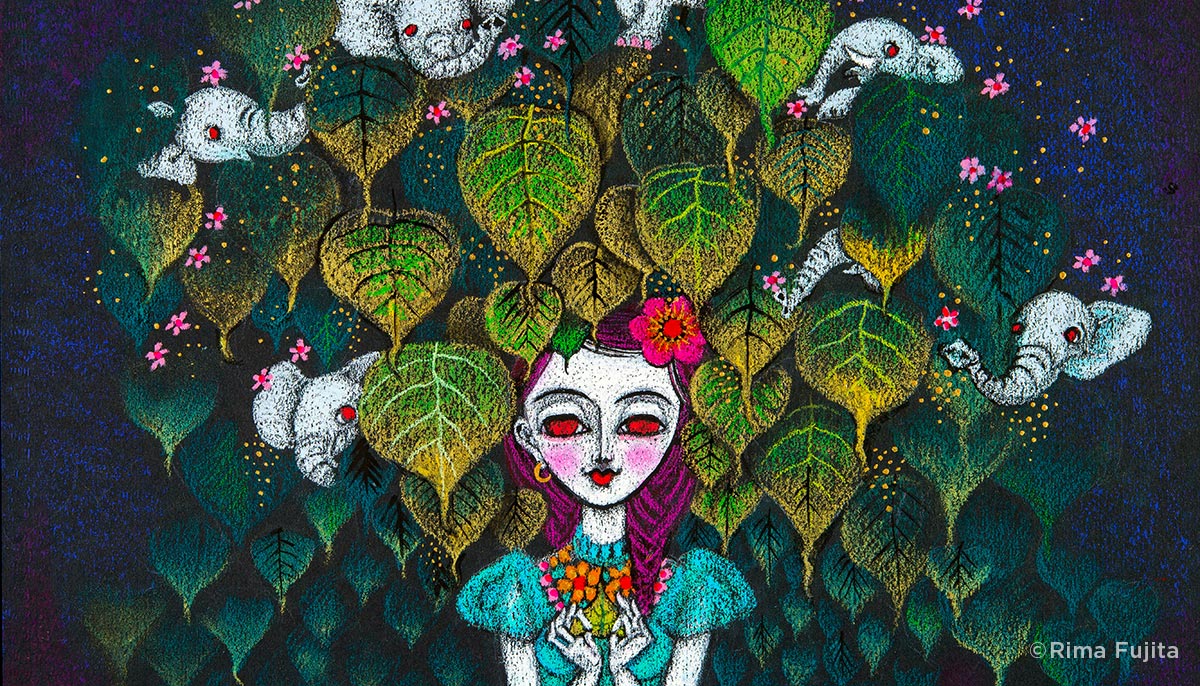The best forests and gardens in the UK to see spring flowers
From bluebells and primroses to daffodils and cherry trees, we round up where to find the most ravishing displays of spring flowers across the UK


Sign up to Simon Calder’s free travel email for expert advice and money-saving discounts
Get Simon Calder’s Travel email
After a long, cold winter, there’s nothing like the sight of a forest floor carpeted in bluebells, or a cherry tree in full bloom to put a spring in your step.
What begins with snowdrops and crocuses in early spring continues with the arrival of daffodils and blackthorn, followed by bluebells and cherry blossoms and oh so many more. In the course of just a few weeks, the UK countryside is transformed from a landscape of green and brown to a canvas of colour.
The exact timing of when the various species bloom depends, of course, on what the weather has been doing in the run-up to spring (and over the previous autumn and winter, in fact), so while our round-up should give you a good idea of what’s in flower when, if you’re hoping to see a particular display, it’s a good idea to check ahead with the specific garden or local wildlife trust ahead of your trip.
Whether your preference is for a wild woodland ramble or a sedate stroll through a manicured country house garden, we’ve got a springtime floral display that’ll put a smile on your face.
Alnwick Garden, Alnwick, Northumberland
People at Alnwick Garden in Northumberland admire the Cherry Orchard, the garden has the largest collection of ‘Taihaku’ in the world
(PA)
This contemporary garden, which adjoins Northumberland’s 11th-century Alnwick Castle, is home to the largest collection of ‘Taihaku’ cherry trees in the world. A spring visit to the hillside orchard, with its carpet of tiny daffodils, is a truly immersive experience when all 329 trees bloom together for up to two weeks around the end of April or the beginning of May. Make the most of the show of white blooms by taking a seat on one of the many swinging benches dotted throughout the orchard.
alnwickgarden.com, tickets £12.10
Read more on UK travel:
Castle Ward, Strangford, County Down
With half of the world’s bluebells said to be found here in the UK, you won’t have far to go to find a forest floor carpeted with these pretty blue blooms. One of our favourite places to see them is at 19th-century Castle Ward, in Strangford, Country Down, where you’ll find five miles of bluebell trails to explore – with the flowers appearing in April and May. Pick up a bluebell map at reception to help you find your way, or just wander where the mood takes you. Here, as in other bluebell woodland, remember to keep to the paths as it can take years for these delicate plants to recover from damage caused by footfall.
nationaltrust.org.uk, tickets £13
Dymock Forest, Herefordshire
Gloucestershire ‘golden triangle’ is known for its daffodil displays
(Getty)
Dymock Forest, areas of which are designated a Site of Special Scientific Interest, is home to glorious displays of wild daffodils, with this part of the Forest of Dean known as the “golden triangle”. Shaw Common marks the start of the 10-mile-long Daffodil Way (download the app for it here), which will also take you past bluebells and butterflies as you go. For those on a tighter schedule, there’s also a short circular walk from Shaw Common. Three local villages, Dymock, Kempley and Oxenhall, host events celebrating the return of the daffodils, including teas, guided walks and bus rides.
Free
Oxley Meadow Nature Reserve, Tolleshunt Knights, Essex
This petite nature reserve in Essex, bordered by mature hedgerows, is home, between April and June, to up to 75,000 green-winged orchids. Getting their name from a stripe of green in their sepals, rather than for the shade of their petals, these flowers come in a huge range of hues, with purple most common at Oxley. You’ll also find meadow buttercups on the reserve, with both species providing a banquet for pollinators including grassland butterflies.
essexwt.org.uk, free
Trewidden House and Garden, Penzance, Cornwall
In 2018 Trewidden was awarded the International Camellia Society ‘Garden of Excellence’ award
(AP)
There are over 250 camellias in the semi-wild, woodland gardens at Trewidden, with some of the plants thought to date back to when these 15 acres of grounds were first laid out in the 1850s. Today the camellias, together with around 50 varieties of magnolias and an extensive collection of rare and unusual rhododendrons, mostly imported from Asia and the Southern Hemisphere, create a dazzling display of spring colour each year. There’s a tea room with plants for sale if a visit to Trewidden inspires you to try to create a camellia paradise in your own garden.
trewidden.co.uk, tickets £9
Lytham Hall, Lytham, Lancashire
Snowdrops are some of the earliest spring flowers to appear in the UK
(PA)
The 78 acres of parkland surrounding this fine Georgian manor house in Lancashire host an impressive display of snowdrops in February and March. For £1 you can buy a map for the “fairy snowdrop trail”, to keep the kids entertained as you admire the nine million blooms carpeting the grounds. You’ll find snowdrops for sale at the estate’s Garden Hub too, with proceeds from the sale going towards the upkeep of Lytham Hall.
lythamhall.org.uk, free
Pease Dean, Berwickshire, Scotland
This patch of ancient Scottish woodland, a remnant of the forest that covered the United Kingdom after the end of the last ice age, around 10,000 years ago, explodes into colour each spring with bluebells, primroses and wood anemones covering the forest floor. Butterflies including the speckled wood butterfly are drawn to this display. Located in a damp, steep-sided valley, Pease Dean is also home to beautiful wet-loving ferns and mosses.
scottishwildlifetrust.org.uk, free
Kew Gardens, London
Crocuses in bloom at Kew Gardens
(Susannah Ireland)
Spring is the most joyful time to visit the Royal Botanic Gardens, Kew, with vast swathes of the 300-acre west London site bursting into flower. Don’t miss the clouds of pink cherry blossom that line the paths running from the Palm House almost to the Temperature House, or the seas of yellow and purple created by carpets of daffodils and crocuses on the lawns. The garden’s Natural Area, meanwhile, is home to a glorious display of bluebells each year. Check out Kew’s Instagram for updates on what’s in bloom and when.
kew.org, tickets from £10
Glencoyne Bay, Ullswater, Lake District
Be inspired by daffodils at Ullswater in the Lake District, just like William Wordsworth
(Getty)
It was at Glencoyne Bay on the shore of Ullswater, in the Lake District, in 1802, that romantic poet William Wordsworth was inspired to write The Daffodils, one of the most famous poems in all of English literature. You can access the bank of lake-side blooms on foot from the National Trust’s Aria Force car park. Coming into bloom earlier than many of our other spring flowers (February to May), daffodils offer a much-needed reminder that winter will soon be over and warm weather finally on its way. The flowers we see in urban parks and on roadside verges are mostly cultivated varieties (there are over 36,000!); these are still a fine sight but their rarer wild cousins (of which there are just 36 species) are worth hunting for. They tend to be smaller, more delicate, and paler in colour than the cultivated varieties.
Free

 Lynk
Lynk 
































